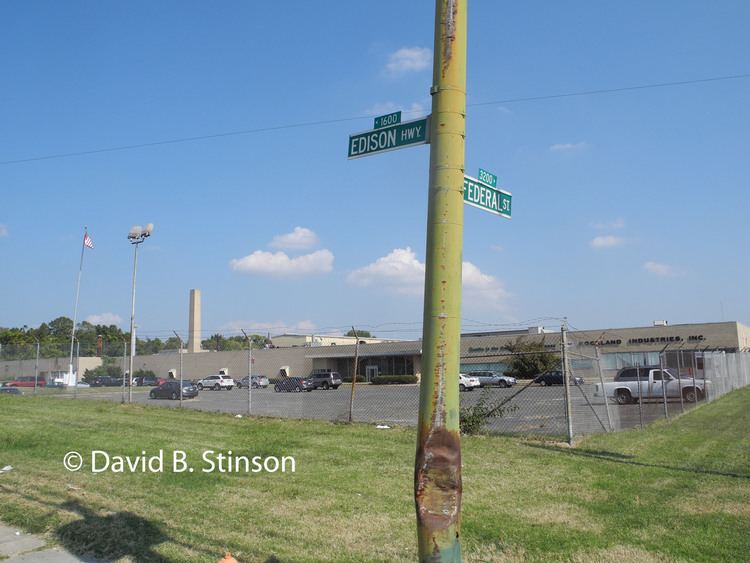 | ||
Similar Oriole Park, American League Park, Sports Legends Museum, Memorial Stadium, Oriole Park at Camden Yards | ||
Bugle Field was a Baltimore based, predominantly wooden stadium utilized by the two primary Negro League teams of the 1916 to 1950 era, the Baltimore Black Sox, (1916-1933), and the Baltimore Elite Giants, (1938-1950). The Black Sox had a short tenure at the park, moving into the park permanently in 1932 before folding during the 1934 season. The Elite Giants were the park's primary tenants until its dismantlement during the 1949 Negro National League Championship Series. It was located at the corner of Federal Street and Edison Highway. The site is in use today as the headquarters and local manufacturing plant of Rockland Industries, the first major corporation on record in Baltimore County, Maryland.
An earlier Negro baseball playing grounds were located at the "Maryland Baseball Park", 1923-1929. Also some games were also conducted at the old Westport Stadium, near Old Annapolis Road (Maryland Route 648) and Waterview Avenue, in the Westport neighborhood of southwest Baltimore, later the site is currently taken by the routing and construction in the early 1950s for the Baltimore-Washington Parkway (Interstate 295) going north into downtown on Russell Street.
Players that the field served include Major League Baseball and Negro League players Roy Campanella, Leon Day, Joe Black, Junior Gilliam, Jud Wilson, "The Ghost" Oliver Marcelle, and Sir Richard Lundy. Short time Washington Senators player Lou Thuman was said to have been discovered by Senators scouts while playing at Bugle Field, which was owned by the owners of the Senators ball club, also operators of a local laundry. Mr. Thuman played a total of five games in 1939 and 1940 with the Senators before being drafted into World War II and enduring a career-ending injury.
